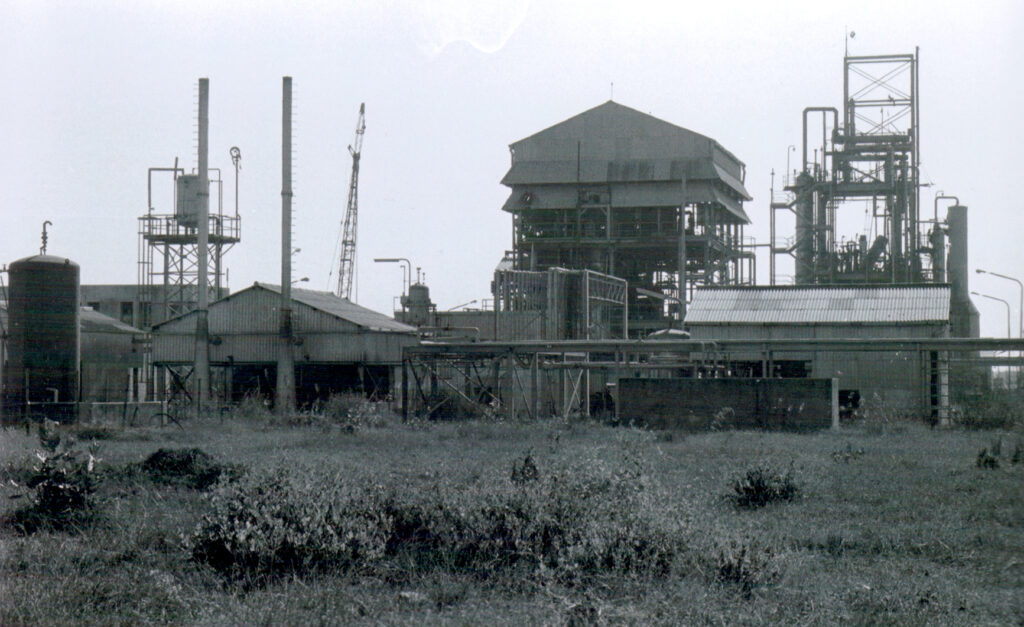Background of the Bhopal Gas Tragedy
The Bhopal Gas Tragedy is regarded as one of the worst industrial disasters in history. It occurred on December 2-3, 1984, when methyl isocyanate (MIC) gas leaked from the Union Carbide India Limited (UCIL) pesticide plant in Bhopal, Madhya Pradesh. The incident caused immediate and long-term health and environmental impacts, leaving a devastating legacy that persists to this day.
Key details of the tragedy include:
- Impact on Human Life: Over 3,000 people died immediately, and the death toll is estimated to have crossed 20,000 due to long-term exposure. More than 500,000 individuals were exposed to the gas, leading to severe health issues like respiratory problems, cancer, and congenital disabilities.
- Environmental Damage: The surrounding soil and water were heavily contaminated due to improper storage and disposal of hazardous chemicals at the site.
- Legal and Administrative Fallout: The disaster highlighted significant lapses in industrial safety, leading to public outcry, legal battles, and the demand for stricter environmental regulations.
Recent Developments
Forty years after the tragedy, efforts to dispose of the 337 metric tonnes of toxic waste stored at the Union Carbide factory site have gained momentum. On Wednesday night, 12 containers carrying the toxic waste were transported under stringent security measures to a disposal facility in Pithampur, located 250 km from Bhopal. This initiative follows a Madhya Pradesh High Court order on December 3, 2024, that mandated the disposal of the waste within four weeks.
12 trucks carrying 337 tonnes of toxic waste from the Union Carbide factory in Bhopal, stored for 40 years, left at 9:05 p.m. for Pithampur near Indore. The waste is expected to arrive early on January 2nd, following a 250-km green corridor with heavy security.
📹@MehulMalpani pic.twitter.com/zU78cVRE85— The Hindu (@the_hindu) January 1, 2025
Key steps undertaken in the relocation process include:
- Green Corridor Establishment: A traffic-free zone of 2 km around the convoy ensured smooth and safe transportation.
- Security Measures: Five police vehicles, ambulances, fire brigades, and quick response teams accompanied the convoy. Over 100 police personnel were deployed for safety.
- Container Monitoring: Each container was uniquely identified, and its route was meticulously planned to minimize disruptions and risks.
Waste Handling and Disposal Process
- Initial Packaging: The waste was packed into high-density polyethylene (HDPE) liners, which are chemically inert, ensuring no reactions during transportation.
- Transportation to Pithampur: Specialized containers moved at controlled speeds of 40-50 km/h, halting briefly at designated points.
- Storage and Preparation: Once at Pithampur, the waste will be shifted to a blending shed for processing.
- Incineration: Beginning on the 76th day, the toxic waste will be incinerated following approvals and compliance with standard operating procedures to prevent air quality deterioration.
Community Concerns and Safety Measures
The disposal plan has faced resistance from activists and residents of Pithampur, who fear environmental and health impacts. To address these concerns, the government has emphasized safety protocols, including:
- Air Quality Monitoring: Equipment installed within the factory premises measures key pollutants like PM 10, PM 2.5, nitrogen oxide, and sulphur dioxide.
- Worker Safety: Over 50 laborers, equipped with full personal protective equipment (PPE), handled the waste during the packaging process.
- Strict Guidelines: The entire project, spanning 180 days, adheres to protocols designed to mitigate environmental risks.
Judicial and Administrative Push
The High Court’s strict deadline came after observing prolonged inaction over the decades. Authorities were reprimanded for their failure to prioritize waste disposal, which has prolonged risks to the environment and public health.
Conclusion
The relocation and disposal of toxic waste from the Bhopal Gas Tragedy site mark a critical step in addressing the disaster’s lingering legacy. While the process is complex, the initiative aims to ensure environmental safety and compliance with global standards. However, sustained vigilance and community engagement will be essential to its success.
Relevance for UPSC CSE
- Environmental Governance: Highlights challenges in hazardous waste management and the importance of compliance with environmental standards.
- Judicial Intervention: Reflects the judiciary’s role in pushing for accountability and timely action in public interest matters.
- Community Concerns: Underscores the need for balancing development and environmental sustainability while addressing stakeholder grievances.
- Disaster Management: Provides insights into the long-term management of industrial disasters and their environmental implications.
Also Read: Centre Amends Prison Manual to Address Caste-Based Discrimination
Disclaimer
This article is for educational purposes, focusing on the relevance of the topic for UPSC aspirants. Students should stay updated on further developments and refer to official sources for comprehensive preparation.
Follow Fusion IAS

